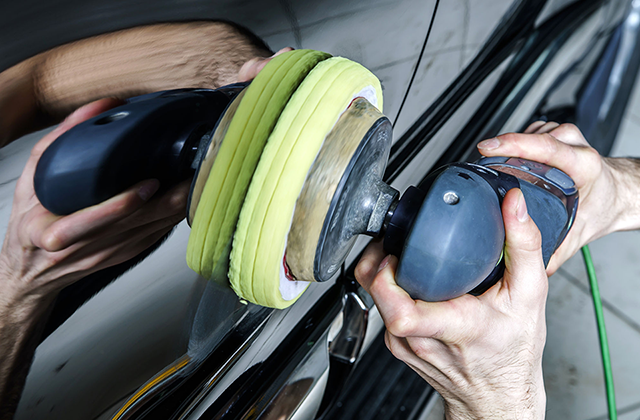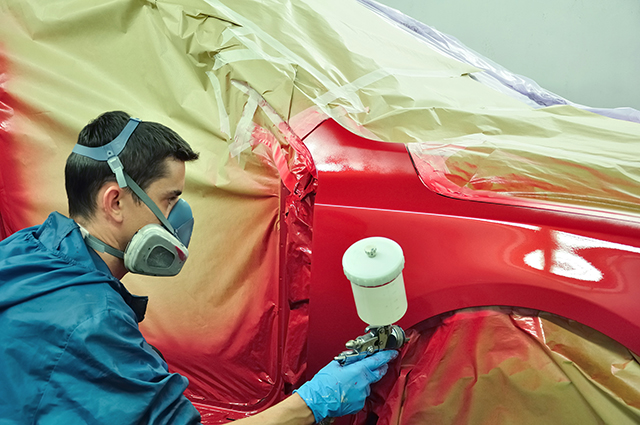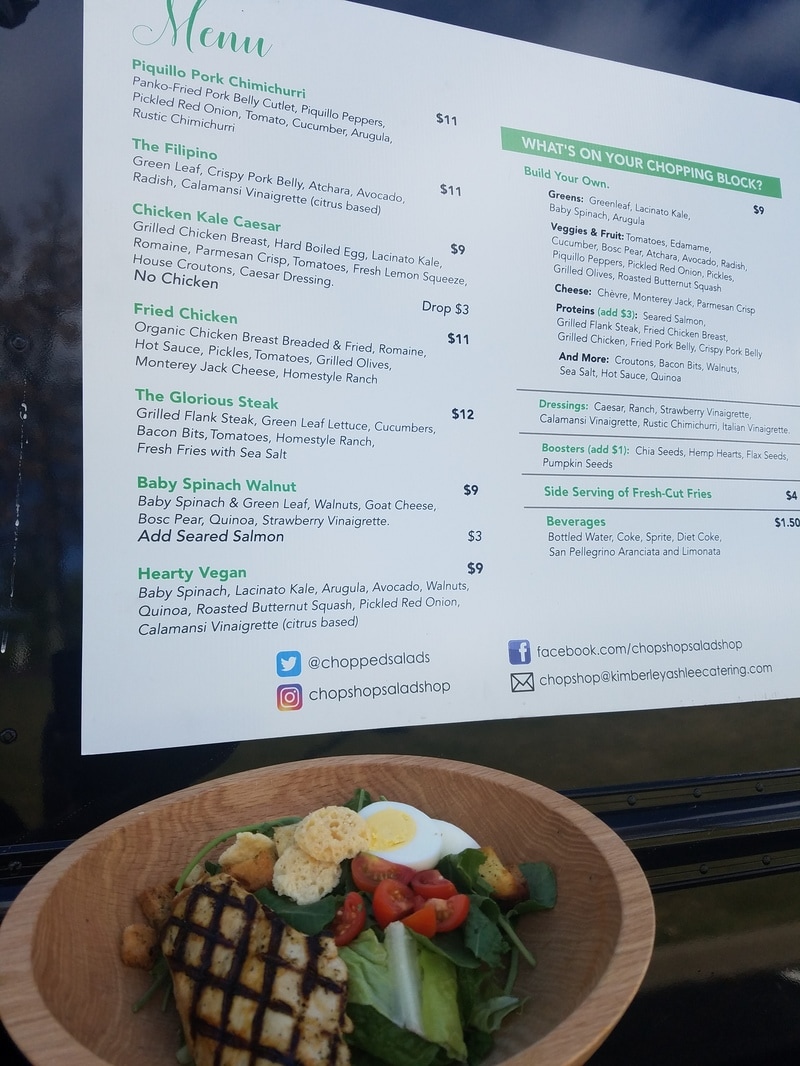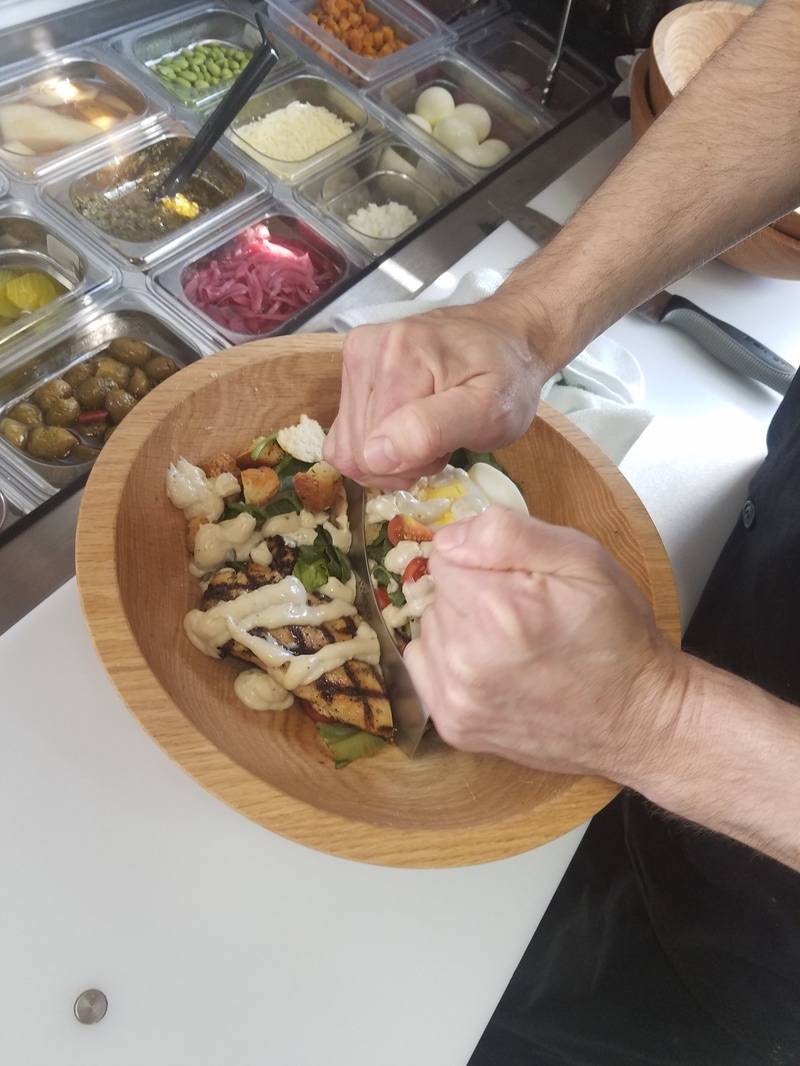As an Internet car care specialist, with almost a half-dozen loyal readers — you can be assured that I get a ton of mail. Every day in my box is full – including lots of spam. I don’t mean my email box, I mean the postal box in front of my house — stuffed full of open, rancid cans of Spam. Buffing machine is a product that helps to eliminate surface scratches, swirls and dirt. If you want to easily wash the mud in your car simply wipe on and buff off with glass sealant which creates a hydrophobic surface that repels water instantly.
Whoever is doing that, please stop.
Anyway, when I’m not scrubbing-out my mailbox with Chlorox, I write car care columns for people who care about their cars. I get a lot of questions about wax and polish. You’d think they never watched “The Karate Kid,” where Mr. Miagi explained the whole wax on – wax off thing in detail – with Daniel-San providing the demo. So, people who are too lazy to watch a movie write and ask me how and when to polish their cars.
In fact, Dwayne Hebert of Waldo, FL writes:
Yo Mac
Can you tell me when I should wax or polish my car? Thx, dude.
Dwayne Hebert – Waldo, FL
Naturally, I added the caps, punctuation and the correct spelling for “Waldo.”
The answer is: Yes, Dwayne, I can tell you when to wax or polish your car!
SWIRLS: The Curse that keeps coming back
Have you ever wondered why you have all those tiny swirl marks in your car’s paint? You take good care of your car, in fact, you don’t even use an automatic car wash, but nonetheless swirl marks appear on your hood, trunk, roof and sides of your car.
What causes those swirls?
Why… you do!
You see, when you wash your car, the brushes at the automatic car wash are holding onto dirt and other hard particles that work – like a team of filthy, little scoundrels – to swirl your paint as those brushes work their magic. So, while you car looks clean and bright, there are more swirls happenin’ than a Saturday night at Dairy Queen.
If you wash your car by hand, you’ll tend to use a swirling motion with your wash cloth, washing mitt or even with a soft car brush. Tiny particles of dirt, grime, dried bug parts and bird poop are in that wash cloth or mitt and you are basically using those particles as abrasives to swirl the paint! The same thing happens when you dry the car.
Nasty, huh?
The best way to help avoid those swirls is to use a back & forth motion as you wash and dry, Pro detailers also use a 2nd rinse bucket. They dip their wash mitts into a rinse bucket and squeeze it out before dipping it back into the soap bucket. This leaves the dirt out of the soap and keeps that soapy water sparkling clean. Pretty smart — those detail guys.
But let’s say you already have swirls in your paint and you want them gone faster than a cheating spouse. What are the best products to use? Here are a few simple tips:
Check the label on waxes first
Many waxes have a light abrasive that will help remove bugs and tar from your paint, these are normally solvent-based products, because they use mineral spirits to soften the paint ever-so-slightly. (If you’ve ever used baby oil to remove paint or grease from your skin, you get the idea.) These waxes might have enough buffing capacity to remove some swirling, while the wax itself will fill-in the remainer of the swirls.
Remember that those remaining swirls are only masked by the wax. As your wax wears off, they’ll return like an unwanted ex. Using a carnauba-based spray wax to refresh your wax job is an excellent way to keep those scratches from coming home. (Why do I choose carnauba-based sprays? Because carnuaba wax is a harder, deeper wax coating that will build on top of your first coat.)
Use a light-duty polish
If your swirls seem deep and you’d prefer to knock ’em down a bit before waxing, there are a myriad of good polishes available on the Web that will do the job. Surprisingly, I have not seen a decent polishing compound available at the big chain auto stores or big box stores. The polishes I’ve observed are either too harsh or too expensive, while others require professional application with machine-buffing only.
Do a little research and find a polish that is abrasive enough to remove the swirls yet light enough to be used by a Weekend Warrior like yourself. Yes, you can remove most swirls by hand with a little elbow grease and persistence. Do not expect to remove the swirls in one application. If you want your car to sparkle better than the day it rolled-off the assembly line, then take the time to apply a 2nd, or even 3rd coat, of polish. This will guarantee results and make you and your car happier than Brad and Angelina at a fertility clinic.

How to polish
Very briefly, you should closely follow the manufacturer’s recommended procedure for applying and removing polish, however the basics are quite simple:
Shake the bottle of polish very well. Park your car in the shade or in a garage — never in direct sunlight. Apply a quarter-sized dollop of polish to a clean, folded cotton cloth or polishing pad. Apply to a 2-foot by 2-foot area in a back and forth motion. Try not to use circular motion! (The reason for this is simple: swirls reflect light from all angles, back and forth scratches only reflects from two angles. Any scratches you might create while polishing will only be visible from two perspective angles.)
After rubbing the area for approximately one minute, use a soft terry cloth or microfiber towel to buff out the dried (or semi-dried) polish. Use back and forth motions again. Don’t be afraid to buff at a 90-degree angle to your application process.
Be absolutely certain to aggressively snap the towel in the air after every buffing operation, (away from your car), to remove the trapped, dried polish. Dried polish on a towel can create – you guested it – swirl marks!
Repeat this process on the same area once or twice for best results, then move to the next area. Be sure to overlap slightly into the area(s) that have already been buffed.
Buffing a mid-sized car, like a Camry or a Malibu should require about 1.5 – 2 hours of work. This is why I recommend that you buff on Day #1 and wax on Day #2. However, if you purchase a good polish with a wax-base or containing man-made polymers, you will be waxing as you go. Naturally, this wax will not be as deep or long-lasting as a full wax application, but it will protect your car very nicely until you have the time to wax it.
You will be extremely pleased with your results once you have polished your car and applied a deep, warm carnauba wax coating. Your car will stand-out and attract some positive attention and comments.
Be proud of your car – and yourself!
© Keith MacDonald/Mac’s Wax 2009
Keith MacDonald is the owner of Mac’s Wax Car care of Vero Beach, FL. He is an automotive writer and author of two published car books.
He recommends his purple-colored Laser Buff car polish for removing light swirl marks and scratches. Laser Buff is an aggressive polish that begins working like a compound and will remove many moderate to heavy surface imperfections. As buffing continues its unique abrasive system breaks down into finer and finer tiny particles that eventually become a super fine polish! This metamorphosis enables the professional user to compound, polish and protect in one easy step. More information about the compound that they use to polish your car.
You can get Laser Buff and other fine wax products at [http://www.macs-wax.com]
Article Source: http://EzineArticles.com/expert/Keith_MacDonald/325122



